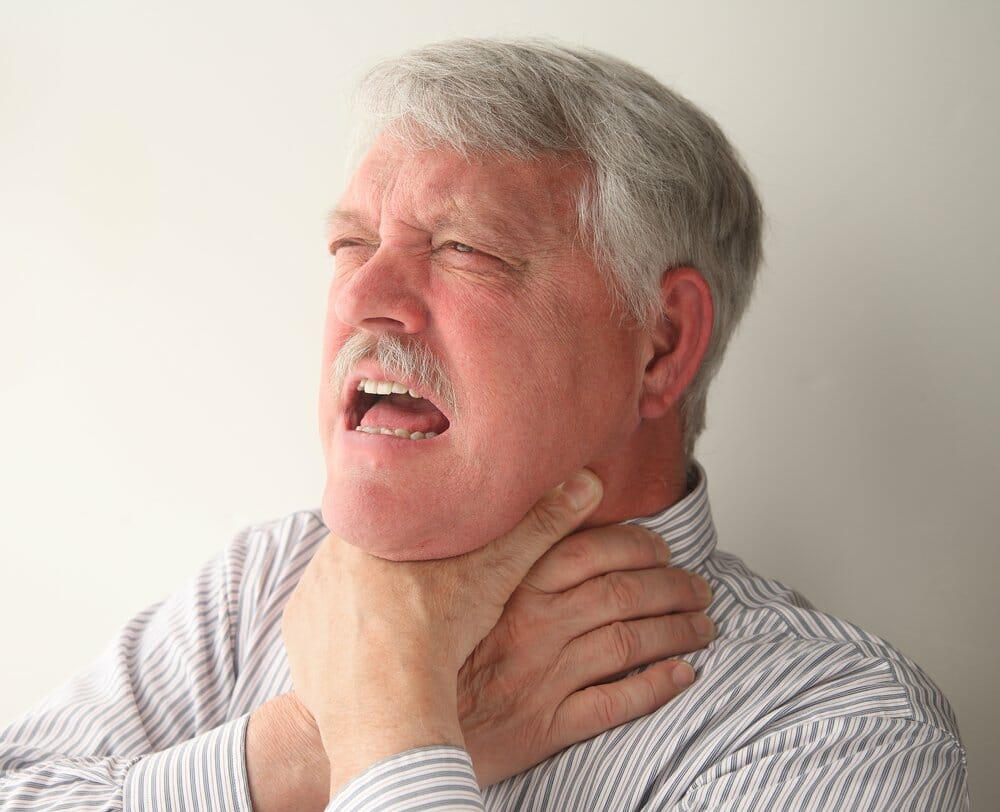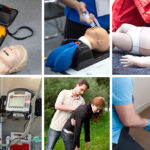Choking is an emergency incident causing an inability to breathe because of a blockage in the throat. Although the incidents of choking are more prone to kids surrounded by small pieces of toys, adults are also subject to experience choking as well. When someone is choking, providing first aid to the victim is the top priority. Below are the following steps in responding to choking victims.
For Adults and Children (Ages 3+)
- Observe any signs and symptoms that the patient may exhibit such as coughing, breathing difficulties, inability to talk or turning blue. The patients might also use the universal choking sign where one or both hands are holding their neck.
- After confirming that the patient is choking, immediately make a fist with one hand and place it above the belly button. Then give them quick and upward abdominal thrusts by grabbing your fist with the other hand. For pregnant women, do chest thrusts instead.
- Continue abdominal thrusts until the object has been removed from the throat and the patient can now breathe with ease or if worse comes to worst, the patient becomes unconscious.
- If the victim becomes unconscious follow the steps in performing cardiopulmonary resuscitation in adults and children, make sure to follow the given guidelines and requirements intended for the proper execution of CPR.
For Infants:
- Infants who are choking must be positioned face-up on the rescuer’s forearm with head lower than their chest. Then support the head and neck by firmly holding it with the palm. Turn the infant face down afterwards with support from your thigh.
- After positioning, perform 5 back blows between the shoulder blades of the infants using the heel of the hand.
- If the object failed on being ejected from the infant’s mouth, perform another five chest thrusts by pushing down two to three fingers at the center of the chest.
- Continue giving back blows and chest thrusts until the object comes out, the infant begins to respond, or they tend to lose consciousness due to lack of air supply.
- Just like for adults, when infants become unconscious, follow the given steps in performing CPR on infants. Gentleness and care must be given upon the execution of the lifesaving method.







